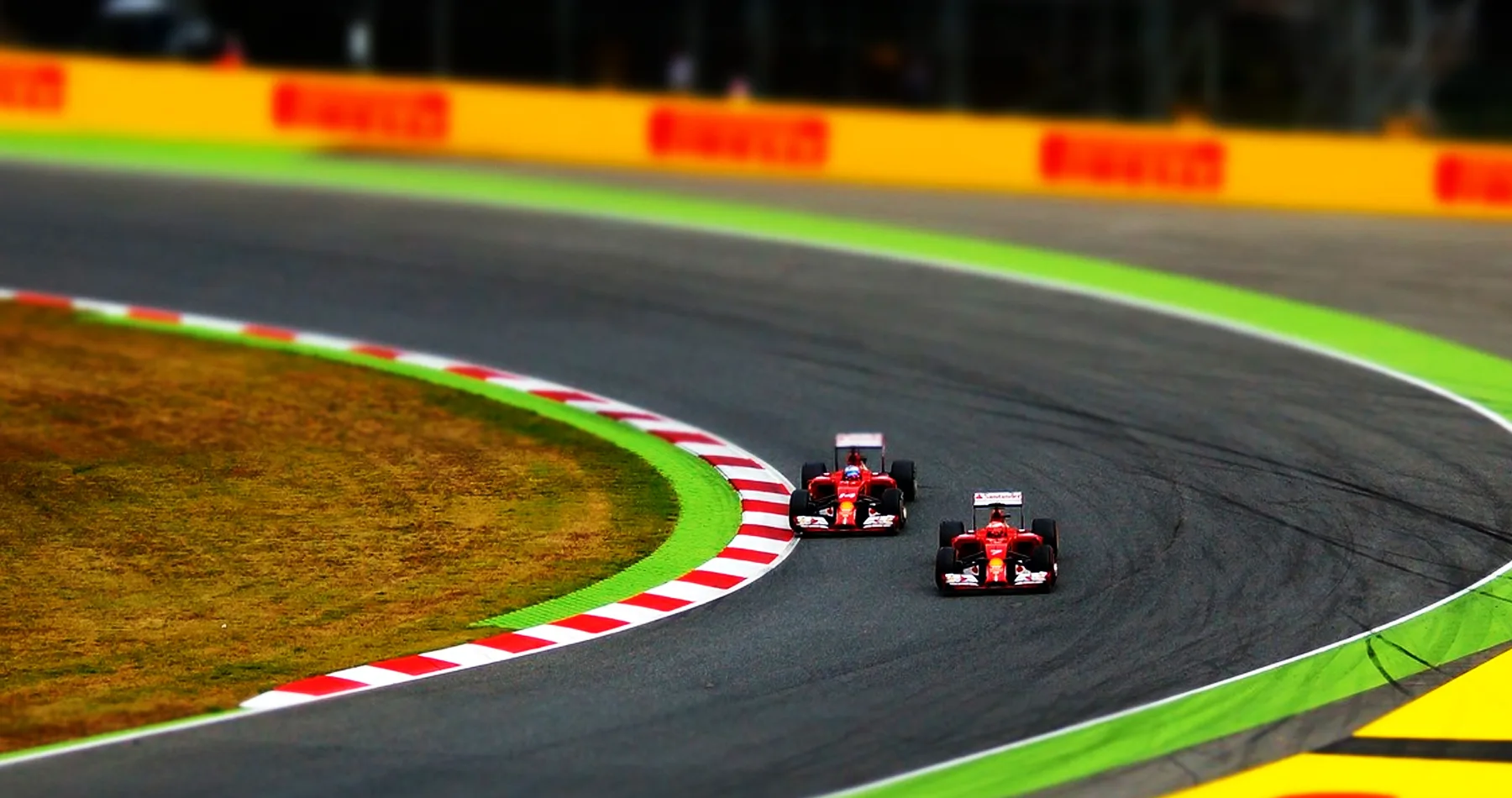Racing simulators have evolved from entertainment tools to sophisticated systems with real-world driving conditions and remarkable accuracy. In recent years, the influence of racing simulators on actual car performance has become a subject of increasing interest within the automotive industry. This article explores the multifaceted impact of racing simulators on real-world car performance, covering aspects such as driver training, vehicle development, and overall advancements in automotive technology.
Driver Training and Skill Enhancement
Modern racing simulators provide an immersive experience that closely mimics the feel of driving a real car. High-fidelity graphics, realistic physics engines, and advanced force-feedback systems create an environment where drivers can refine their skills. Simulators allow drivers to practice in various conditions, enhancing their ability to handle different terrains, weather, and scenarios, ultimately translating into improved performance on the actual track.
Beyond the physical aspects of driving, racing simulators play a crucial role in mental conditioning. Drivers can simulate high-pressure race situations, practice strategic decision-making, and develop quick reflexes. Because of their many hours of simulated experience, drivers can approach races with a degree of confidence and readiness that is crucial.
Vehicle Development and Testing
Automakers on racing simulators as a cost-effective means of prototyping and testing new vehicle designs. Simulations allow engineers to analyze the aerodynamics, suspension systems, and overall vehicle dynamics in a virtual environment before building physical prototypes. This iterative process helps design and performance parameters, leading to more efficient and competitive real-world vehicles.
Simulators assist in fine-tuning a vehicle’s performance by allowing engineers to experiment with different setups without the need for extensive physical testing. It includes adjusting suspension settings, tire compounds, and engine parameters for optimal balance and responsiveness. The capacity to replicate an extensive array of circumstances facilitates the creation of automobiles that exhibit uniform performance in diverse situations, endowing producers a competitive advantage in the marketplace.
Racing simulators generate vast amounts of data during simulations, providing valuable insights into a vehicle under different conditions. This data-driven approach enables manufacturers to identify weaknesses, optimize components, and enhance efficiency.
Technological Advancements
The integration of racing simulators with advanced sensor technologies has facilitated the development of more sophisticated control systems in actual cars. Simulators often utilize high-end motion platforms, virtual reality (VR), and real-time data feedback, enabling drivers to experience realistic sensations. The technologies tested and refined in simulators find their way into production vehicles, enhancing overall driving experiences through improved stability control, traction management, and driver-assist features.
Racing simulators provide a controlled environment for experimenting with artificial intelligence (AI) and machine learning algorithms. These technologies increasingly optimize vehicle performance, especially in autonomous driving systems. Simulators allow developers to train and test AI algorithms in complex and dynamic scenarios, ensuring that these systems can handle real-world challenges safely and efficiently.
Sustainability and Cost Efficiency
The automotive industry is under growing pressure to address environmental concerns and reduce its carbon footprint. Racing simulators contribute to sustainability by providing a platform for testing and refining energy-efficient technologies. Simulations can evaluate the impact of alternative fuels, aerodynamic improvements, and lightweight materials, helping manufacturers develop eco-friendly solutions that align with global sustainability goals.
Traditional vehicle testing involves significant costs associated with building physical prototypes, conducting track tests, and analyzing data. Racing simulators offer a cost-effective alternative by allowing manufacturers to conduct extensive testing in a virtual environment. It reduces expenses and expedites the research and development process, enabling companies to innovate and perform vehicles to market more efficiently.
Conclusion
The influence of racing simulators on actual car performance is multifaceted, extending from driver training to vehicle development and technological advancements. Simulators will probably become more widely used in the automotive sector as technology develops, influencing both consumer and professional racing cars in the future. Racing simulators have become indispensable tools for honing the skills pushing the boundaries of automotive innovation in an increasingly competitive and rapidly evolving industry.
